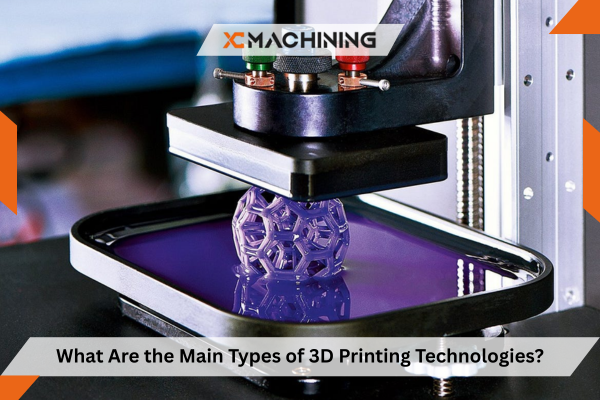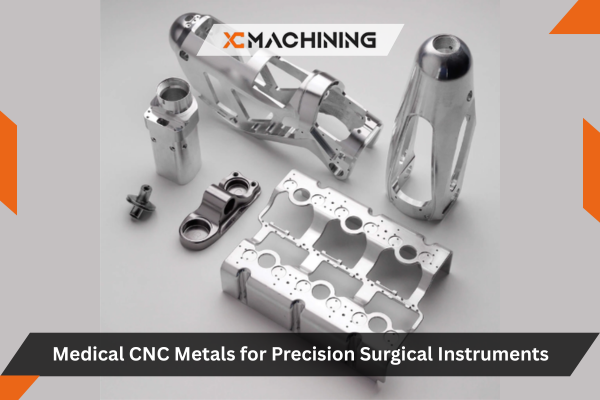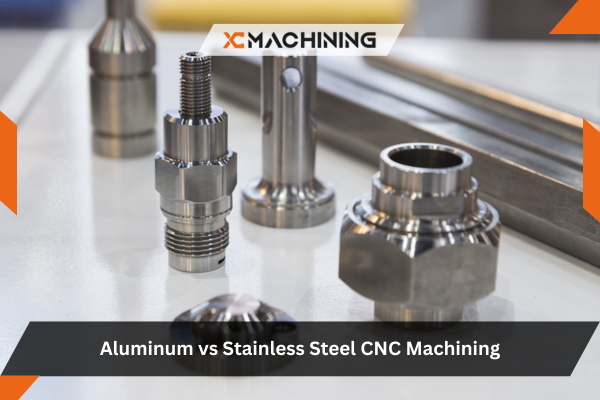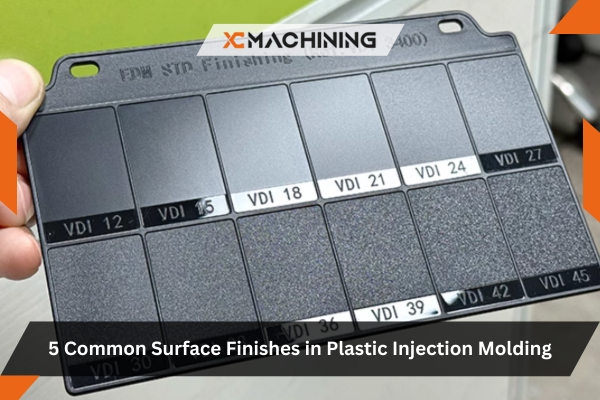The term “3D printing” has become ubiquitous in modern manufacturing, prototyping, healthcare, and even consumer applications. Yet this single phrase encompasses a remarkably diverse array of technologies, each using fundamentally different processes to transform digital designs into physical objects. From rapidly prototyping plastic components to producing functional metal parts for aircraft engines, understanding the various 3D printing technologies helps manufacturers, designers, and engineers select the optimal approach for their specific needs. This comprehensive guide explores the main types of 3D printing technologies, examining how each works, their distinctive advantages and limitations, and the applications where they excel.
Índice
Understanding 3D Printing: The Foundation
Before diving into specific technologies, it’s important to understand what unifies these diverse processes under the “3D printing” umbrella. All additive manufacturing methods—the technical term for types of 3D printing—create objects by adding material layer upon layer according to digital instructions, typically from CAD (Computer-Aided Design) files. This contrasts sharply with subtractive manufacturing processes like milling or turning, which remove material from solid blocks.
The American Society for Testing and Materials (ASTM) has classified additive manufacturing into seven distinct categories based on how materials are deposited and solidified. Within these categories, numerous specific 3D printing technologies have been developed, each optimized for particular materials, part sizes, resolution requirements, or production volumes.
1. Fused Deposition Modeling (FDM) / Fused Filament Fabrication (FFF)
Fused Deposition Modeling, also known as Fused Filament Fabrication, represents the most widely recognized and accessible of all 3D printing technologies. This process works by heating thermoplastic filament to its melting point and extruding it through a nozzle that moves in precise patterns to build each layer.
How FDM/FFF Works
A spool of plastic filament feeds into a heated extruder head, which melts the material to approximately 180-250°C depending on the polymer type. The extruder moves horizontally (X and Y axes) depositing material, while the build platform lowers incrementally (Z axis) after each layer completes. The deposited plastic quickly solidifies, bonding with the previous layer. Support structures are often needed for overhanging features and are removed after printing completes.
Common FDM Materials
- PLA (ácido poliláctico): Easy to print, biodegradable, ideal for prototypes and models
- ABS (acrilonitrilo butadieno estireno): Durable and heat-resistant, suitable for functional parts
- PETG: Combines strength, flexibility, and chemical resistance
- Nylon: Excellent strength and flexibility for mechanical parts
- TPU (poliuretano termoplástico): Flexible and rubber-like for seals and gaskets
- Specialty filaments: Carbon fiber-reinforced, wood-filled, metal-filled, and conductive composites
Applications and Advantages
FDM technology dominates rapid prototyping, educational settings, and consumer types of 3D printing due to its accessibility and low cost. Industrial applications include manufacturing jigs and fixtures, end-use parts for low-stress applications, and architectural models. The technology’s advantages include relatively low equipment and material costs, ease of use, and minimal post-processing requirements for non-critical parts.
However, FDM produces visible layer lines affecting surface finish, has relatively low resolution compared to other technologies, and creates anisotropic parts (weaker in the Z-direction due to layer bonding). Print speeds are moderate, and support material removal can be time-consuming for complex geometries.

2. Stereolithography (SLA)
Stereolithography, one of the oldest 3D printing technologies invented in the 1980s, uses ultraviolet lasers to selectively cure liquid photopolymer resin layer by layer, creating highly detailed parts with smooth surface finishes.
The SLA Process
A build platform submerges just below the surface of a vat filled with liquid photopolymer resin. A UV laser beam traces each layer’s cross-section on the resin surface, causing photopolymerization—a chemical reaction that solidifies the liquid into solid plastic. After each layer cures, the platform lowers by one layer thickness (typically 25-100 microns), and a recoating system spreads fresh resin across the surface. This process repeats until the part completes.
After printing, parts require washing in isopropyl alcohol or other solvents to remove uncured resin, followed by post-curing under UV light to fully harden the material. Support structures must be carefully removed and attachment points sanded smooth.
SLA Characteristics and Uses
Stereolithography excels at producing parts with exceptional detail and smooth surfaces. Typical layer resolutions of 25-50 microns enable fine features and complex geometries impossible with FDM. The technology suits jewelry prototyping, dental appliances (crowns, bridges, surgical guides), hearing aids, and investment casting patterns where surface quality and dimensional accuracy are paramount.
Available resins include standard plastics, tough and durable formulations, flexible elastomers, high-temperature resistant materials, castable resins, dental and medical-grade options, and transparent formulations. However, these materials generally cost more than FDM filaments, and most photopolymer resins lack the mechanical strength of engineering thermoplastics used in FDM.
3. Selective Laser Sintering (SLS)
Selective Laser Sintering represents a powder-bed fusion technology that uses high-powered lasers to selectively fuse powder particles, creating strong functional parts without requiring support structures.
SLS Technology Explained
A thin layer of powder material (typically nylon or polyamide) spreads across a build platform. A CO2 laser scans across the powder bed, heating particles to just below their melting point where they fuse together through sintering. The platform then lowers, fresh powder spreads over the previous layer, and the process repeats. Surrounding unfused powder supports overhanging features, eliminating the need for dedicated support structures.
After printing completes, the part remains buried in powder and must cool gradually to prevent warping. Once cooled, excess powder is removed through brushing and compressed air, then recycled for future prints—though powder degradation limits reuse cycles.
SLS Advantages and Applications
SLS produces strong, functional parts with mechanical properties approaching injection-molded components. The support-free printing enables complex geometries including interlocking parts, moving assemblies, and intricate internal channels. Common applications include functional prototypes, low-volume production parts, custom manufacturing tools, automotive components, and aerospace brackets.
Nylon PA12 and PA11 dominate SLS materials, offering excellent mechanical properties, chemical resistance, and durability. Glass-filled nylon provides enhanced stiffness, while TPU elastomers enable flexible parts. However, SLS equipment represents a significant capital investment ($100,000-$500,000+), parts have a slightly grainy surface finish requiring post-processing for smooth surfaces, and the technology requires careful powder handling in controlled environments.
4. Direct Metal Laser Sintering (DMLS) / Selective Laser Melting (SLM)
Metal types of 3D printing technologies have revolutionized aerospace, medical implant, and automotive industries by enabling production of complex metal parts previously impossible to manufacture.
Metal Powder Bed Fusion Process
Similar to SLS but operating at much higher temperatures, DMLS and SLM use powerful lasers (200-1000 watts) to fully melt metal powder particles. The process occurs in an inert atmosphere (argon or nitrogen) to prevent oxidation. Layer thicknesses typically range from 20-60 microns, enabling fine details and excellent surface finish for metal parts.
DMLS technically refers to sintering (partial melting) while SLM indicates complete melting, though the terms are often used interchangeably. Both produce fully dense metal parts with mechanical properties matching or exceeding traditionally manufactured components.
Materials and Applications
Available metals include:
- Stainless steel (316L, 17-4PH)
- Titanium alloys (Ti-6Al-4V)
- Aluminum alloys (AlSi10Mg)
- Inconel and nickel superalloys
- Cobalt-chrome alloys
- Tool steels
Applications span aerospace structural components and turbine blades, medical implants and surgical instruments, automotive performance parts, jewelry and luxury goods, and industrial tooling including conformal cooling channels impossible with conventional manufacturing.
Metal types of 3D printing enables topology optimization—designing parts with material only where structurally necessary, dramatically reducing weight while maintaining strength. However, these technologies require substantial capital investment ($250,000-$1,000,000+), extensive post-processing including support removal and heat treatment, and strict safety protocols for handling reactive metal powders.
5. PolyJet / Material Jetting
Material jetting technologies work similarly to inkjet printers but deposit photopolymer materials that immediately cure under UV light, building parts layer by layer with exceptional resolution and multi-material capability.
PolyJet Process Details
Printheads containing hundreds of nozzles jet microscopic droplets of liquid photopolymer onto the build platform. UV lamps mounted on the printhead immediately cure each layer before the next applies. Support material—typically a gel-like substance easily removed by hand or with water jetting—enables complex overhangs and internal cavities.
The technology achieves extremely fine layer resolutions (16-32 microns) and can deposit multiple materials simultaneously, creating parts with varying mechanical properties, colors, or transparency within a single build. This multi-material capability distinguishes PolyJet from most other Impresión 3D technologies.
Applications and Material Options
PolyJet excels at producing highly realistic prototypes for design validation, medical anatomical models for surgical planning, consumer product mockups with rubber-like overmolded features, dental models and orthodontic appliances, and injection mold prototypes.
Materials include rigid opaque plastics in various colors, transparent materials, rubber-like elastomers with Shore A hardnesses from 27 to 95, simulated polypropylene, and high-temperature resistant materials. Digital materials created by mixing base resins enable precise control over mechanical properties.
The technology’s limitations include relatively high material costs, parts that may yellow or become brittle over time, and mechanical properties inferior to engineering thermoplastics used in FDM or SLS.
6. Binder Jetting
Binder jetting represents a unique approach where liquid binding agent selectively deposits onto powder material, gluing particles together layer by layer. This technology works with diverse materials including metals, ceramics, and sand.
Binder Jetting Process
Similar to SLS in setup, binder jetting spreads thin powder layers across a build platform. Instead of lasers, a printhead jets liquid binder in patterns defining each layer’s cross-section. The binder chemically bonds powder particles together. After completing all layers, the part requires curing and, for metal parts, subsequent sintering in a furnace to achieve full density.
Sand binder jetting produces molds and cores for metal casting, revolutionizing foundry operations with complex internal geometries and rapid turnaround. Metal binder jetting offers a more economical approach to metal types of 3D printing than DMLS/SLM, though with different property trade-offs.
7. Digital Light Processing (DLP)
Digital Light Processing shares similarities with SLA but uses a digital projector screen to flash an entire layer at once rather than tracing it with a laser, significantly accelerating print speeds for small to medium-sized parts.
DLP Technology
A projector displays each layer as a complete image onto the resin surface. The entire layer cures simultaneously in 1-3 seconds, making DLP potentially faster than SLA for parts that fit within the projector’s imaging area. Like SLA, parts require washing and post-curing.
DLP suits applications requiring speed and high resolution: dental appliances produced in dental laboratories, jewelry manufacturing for rapid iteration, hearing aid shells custom-fitted to patient anatomy, and miniatures for gaming or collectibles.
8. Electron Beam Melting (EBM)
Electron Beam Melting uses electron beams instead of lasers to melt metal powder in a vacuum environment, offering unique advantages for specific applications.
EBM Characteristics
Operating in vacuum chambers at elevated temperatures (700-1000°C), EBM preheats the entire powder bed before selectively melting with an electron beam. This high-temperature environment reduces residual stresses and enables printing of difficult materials like titanium aluminides.
The technology primarily serves aerospace applications with titanium components and medical implants requiring biocompatible titanium. EBM produces parts with excellent mechanical properties and unique microstructures, though surface finish is rougher than DMLS/SLM, often requiring machining for critical surfaces.

Emerging and Specialized 3D Printing Technologies
Beyond these established tipos de impresión 3D, emerging technologies continue expanding additive manufacturing capabilities:
Continuous Liquid Interface Production (CLIP): Uses oxygen-permeable windows and continuous resin curing for dramatically faster printing than conventional SLA.
Fusión multichorro (MJF): HP’s technology uses inkjet arrays to deposit fusing and detailing agents on powder, then fuses entire layers with infrared energy, offering faster production than SLS.
Liquid Deposition Modeling (LDM): Extrudes ceramic pastes and clay for large-scale ceramic 3D printing.
Bioprinting: Deposits living cells and biomaterials to create tissue structures for medical research and potential organ fabrication.
Selecting the Right 3D Printing Technology
Choosing appropriate 3D printing technologies requires evaluating multiple factors:
Part requirements: Mechanical properties, surface finish, dimensional accuracy, and heat resistance dictate which technologies qualify.
Material needs: Specific material requirements—whether engineering thermoplastics, biocompatible metals, or flexible elastomers—narrow technology choices.
Volumen de producción: Low-volume production may justify slower technologies, while series production demands speed and economy.
Geometric complexity: Internal channels, lattice structures, and overhangs influence technology selection and support requirements.
Budget considerations: Equipment costs, material expenses, and post-processing labor vary dramatically between technologies.
Application criticality: Prototypes tolerate lower performance than end-use parts in safety-critical applications.
Conclusión
The landscape of Impresión 3D technologies offers remarkable diversity, with each approach bringing distinct advantages to specific applications. From accessible FDM printers producing functional prototypes in engineering thermoplastics to sophisticated metal printing systems creating aerospace components, understanding these technologies empowers better decision-making in product development and manufacturing.
As these 3D printing technologies continue maturing—with improvements in speed, material capabilities, and cost-effectiveness—additive manufacturing increasingly complements and sometimes replaces traditional manufacturing methods. The key to success lies in matching technology capabilities to application requirements, recognizing that no single approach serves all needs optimally. By understanding the strengths and limitations of each type of types of 3D printing, engineers and designers can harness these powerful tools to create innovative products previously impossible to manufacture.
Preguntas frecuentes
¿Qué tecnología es la más barata para empezar?
FDM gana kits de sobremesa a partir de $300.
¿Qué ofrece el mayor detalle?
Tanto SLA/DLP como Material Jetting alcanzan características de 50 µm, ideales para trabajos dentales.
¿Se puede imprimir metal en casa?
Las impresoras de metal asequibles son escasas; la mayoría de los usuarios subcontratan SLM o Binder Jet.
¿Es siempre necesario el tratamiento posterior?
Sí, ya sea lijando líneas FDM o sinterizando piezas Binder-Jet.
¿Qué resistencia tienen las impresiones en resina?
Las resinas estándar son frágiles; las resinas de ingeniería o reforzadas aumentan la resistencia al impacto.





